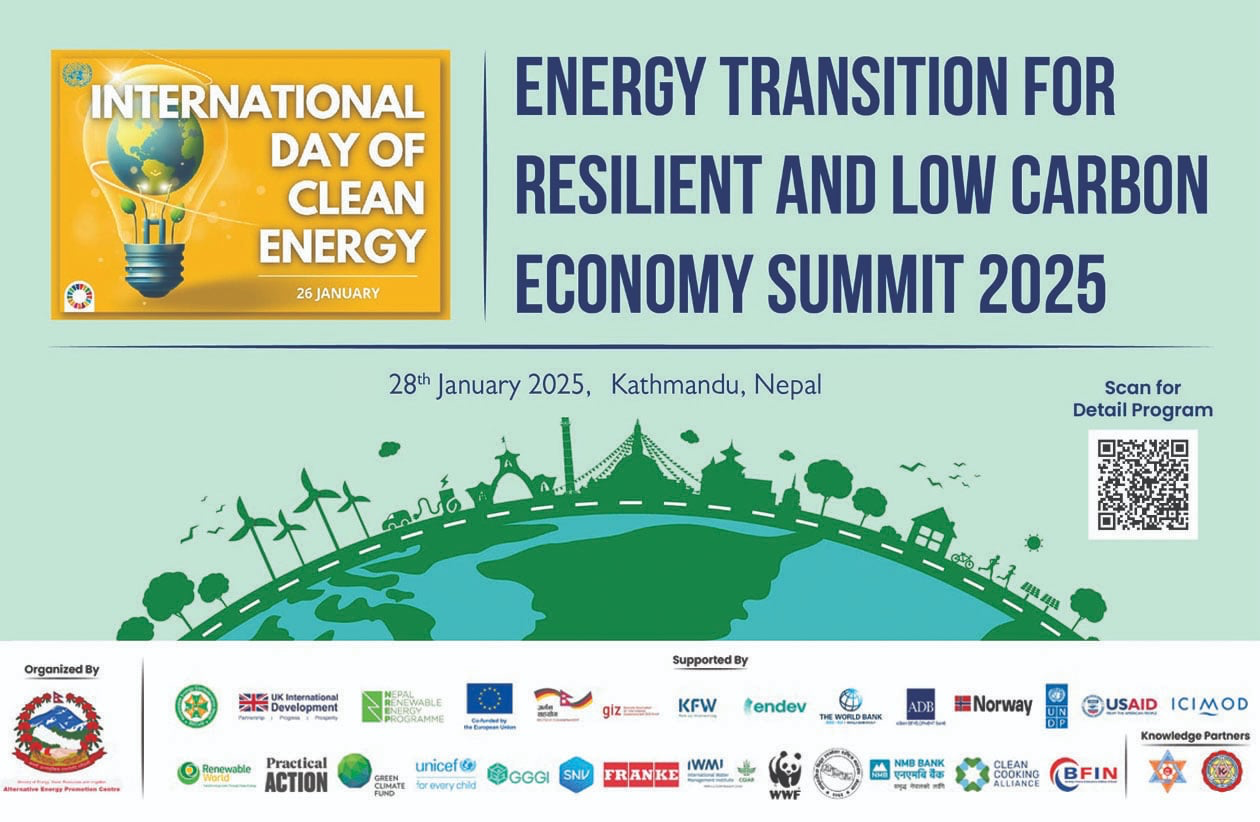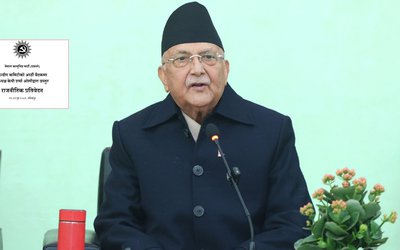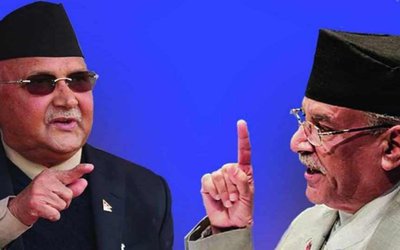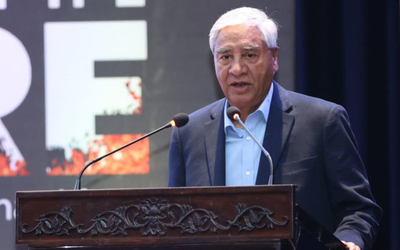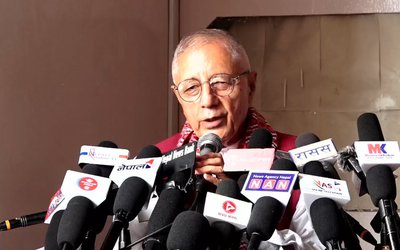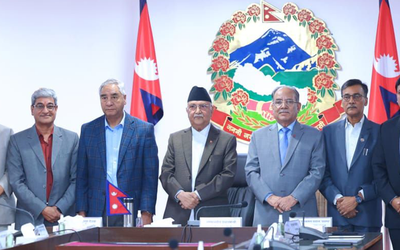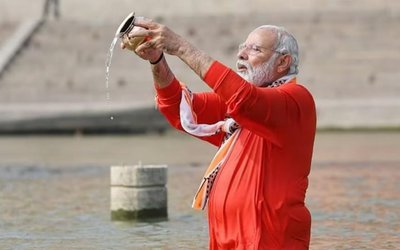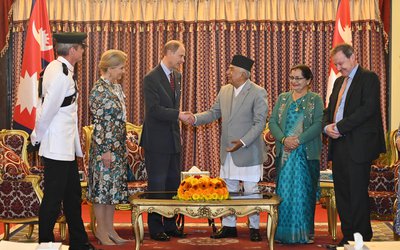
Despite their separation by political geography, religion and culture have brought Nepal and India closer to a proximity factor that political relations generally try to undermine or ignore. In giving special privileges to Nepal’s King, Indian religious shrines have attached great importance to Nepal-India relations.
With the promulgation of a secular and federal republic constitution, the centuries old traditions, cultures and religious linkages of Nepal and India are vanishing. Nepal had supplied many important ingredients to Indian temples in the past, so India supplied important ingredients to Nepalese temples as part of a religious reciprocity.
As the new political institutions of the modern state are dealing with political matters, cultural and religious linkages have been sidelined. Sandalwood is one of the main prerequisites for daily worship in Pashupati. Without sandalwood, the worship at the Temple of Pashupatinath is incomplete. India supplies Nepal with the sandalwood regularly, as per the orders of Prime Minister Narendra Modi, to continue the centuries old tradition.
For centuries Nepal has supplied musk of the musk deer to Jaganathjee Temple and Saligram to Bishnu Temples in South India. As the Hindu Monarchy is no longer in practice, these traditions have disappeared. In his recent visit to Puri, former King Gyanendra expressed his helplessness about giving continuity to the supply of these items in response to the priests who requested him to look into it.
Although Nepal’s president Vidya Devi Bhandari, during her visit last year, has agreed to make the necessary arrangements to supply deer musk, nothing has changed much in this regard as religious issues are in the backburner for the political leaders.
According to Madhav Raj Bhattarai, there are many soft religious points between Nepal and India, which are on the verge of collapsing or being derailed. At a time when all the global powers are counting for soft power diplomacy, strong cultural and religious affinities between Nepal and India are vanishing.
The former monarch's visit to Odisha has revealed that deep cultural and religious relations have existed between Nepal and India. Although the former monarch has lost his political power, he still has his religious and cultural power intact.
During his weeklong stay in India, the former King visited Shree Jagannath Temple in Puri and paid obeisance by participating in a puja in Bhubaneswar. According to the Indian media, King Gyanendra entered the 12th-century shrine in the seaside pilgrim town along with Gajapati King of Puri Dibyasingha Deb through the south gate after the latter went in and performed the puja. The Nepal King also offered three rare Salagrams (ammonite) and a gold coin.
"I prayed for peace across the world," the former Nepali king said adding that he also prayed for the strengthening of friendly ties between Nepal and India.
The king of Nepal had the special privilege of performing 'aarati' of Shree Jagannath atop the 'Ratna Singhasan' (Podium). The king had special seva and rituals in the three important shrines; Shree Jagannath Temple at Puri, Lingaraj Temple at Bhubaneswar and Sakhigopal Temple at Sakhigopal.
The king holds great reverence to the deep spiritual ties between Odisha and Nepal. Adi Shankaracharya had established the rituals and practices in both the Jagannath and Pashupatinath temples. Nepal comes under the spiritual jurisdiction of Puri Shankaracharya's Govardhan Math.
During his visit, Nepal's former king attended the silver jubilee of Shankaracharya Swami Nischalananda Saraswati's pattabhisheka, joined the International Gau Sambardhana Mahotsav and laid the foundation stone for a Go Mata Mandira at Rathipur near Jatni, the first temple dedicated to cows, at Gadarathipur. At the International Go-Sambardhana Mahotsav, the former monarch said that Sanathan Dharma has the ability to orient a person's mind, body and soul to spiritual awakening.
At a time when Nepal’s former monarch was reviving Nepal and India’s century old traditions, most of Nepal’s mainstream media downplayed the events without apprehending its importance in bilateral relations. This trend indicates where Nepal and India’s future relations are heading.




Keshab Poudel
Poudel is the editor of New Spotlight Magazine.
- The Question Arises: Do Former Prime Ministers Prachanda, Nepal, And Dr. Bhattarai Support The Terror actions Of Hamas?
- Dec 11, 2024
- MD KUL MAN GHISING: December 25 Deadline For Upper Tamakoshi
- Dec 09, 2024
- ADB's REFP Reintegration of Returnee Migrants
- Dec 02, 2024
- The Relationship Between Kosovo And Nepal Is Robust: ELBERT KRASNIQUI
- Nov 29, 2024
- ADB’s REFP: Women (Em)Power
- Nov 28, 2024
